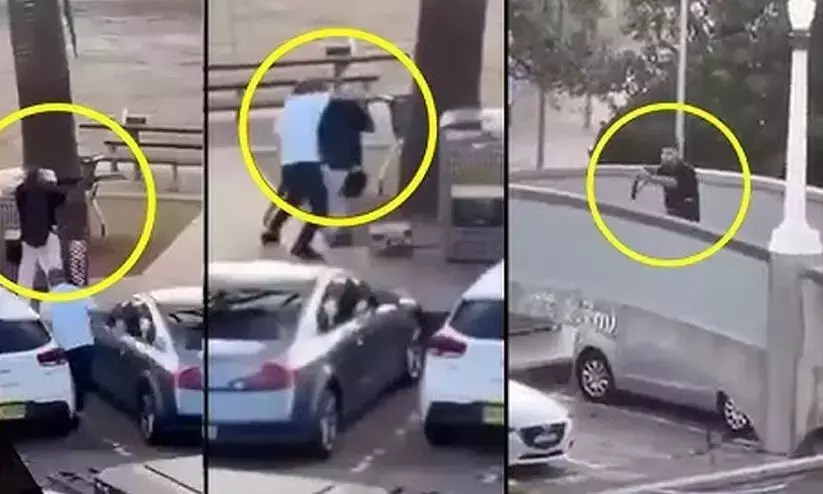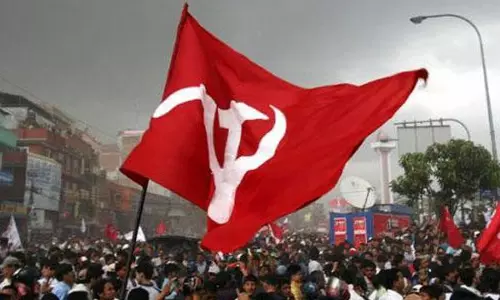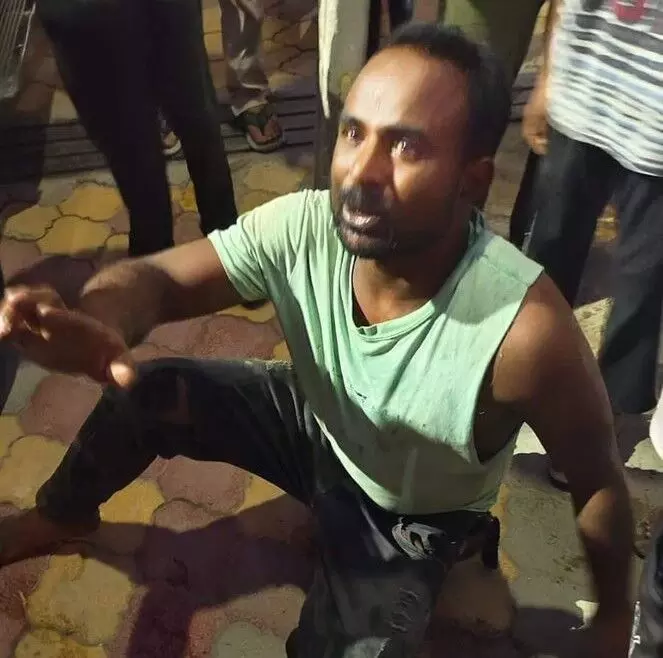
Marks of beating found on body, but UP police find no 'hate crime' or 'lynching' in Firoz’s death
text_fieldsThe death of Firoz Qureshi, a 30-year-old scrap dealer in Jalalabad, a Muslim-majority town in Shamli, Uttar Pradesh, remains shrouded in darkness even after nearly a month, as his family continues to pursue justice. The nature of his death, which was allegedly due to a beating by a Hindu mob, has been rejected by the police, triggering a wave of speculation and accusations of communal violence.
Firoz, who lived with his wife and three young children in a densely populated Muslim neighbourhood, was found dead on July 4, 2024, allegedly after being beaten by a Hindu mob following a dispute over the use of a loudspeaker, The Wire reported.
Instead of initiating a proper investigation based on the statement given by his family regarding the alleged lynching by a Hindu mob, the police arrested three Muslim journalists who shared this reported angle on social media, accusing them of creating communal unrest, while the individuals named in the FIR remain free.
This move has been widely criticized by journalist unions and civil society groups who argue that it aims to suppress dissent and divert attention from the core issues surrounding the case.
Initially, the death was reported as a potential case of lynching, with claims that Firoz was attacked after a loudspeaker-related argument in Ganga Aryanagar, a mixed community locality. Eyewitnesses described Firoz being in a semi-conscious state when he was brought home, with visible injuries suggestive of a severe beating. Despite these accounts, the police have dismissed the lynching theory, attributing Firoz’s death to an alleged drug overdose and unruly behaviour.
The FIR, which is based on a narrative provided by Firoz’s family, includes peculiar details that have raised questions. For instance, it describes Firoz as an occasional drug user, a characterization of his family disputes as being a result of police insistence. The police have relied on this aspect, alongside Firoz’s supposed disruptive behaviour, to argue against claims of mob violence.
The post-mortem report has further complicated matters by failing to confirm any injuries that could have led to Firoz’s death. The report notes the preservation of viscera for further testing, but no clear cause of death has been established yet. This has led to scepticism about the police’s handling of the case and their dismissal of the lynching claims.
Adding to the confusion, there are discrepancies in the timeline of events and the nature of Firoz’s visit to Ganga Aryanagar. While his family states he went there for his usual scrap collection routine, the FIR and police statements suggest he may have been involved in a trespassing incident. The local police, citing a lack of evidence and eyewitnesses, have not pursued arrests or charges related to the alleged mob attack.
In the aftermath of Firoz’s death, Jalalabad has remained unusually quiet. Many residents, both Hindu and Muslim, claim ignorance about the full details of the incident, suggesting a general atmosphere of unease rather than overt hostility.
The lack of conclusive evidence and the slow pace of the investigation have left many questions unanswered. The delay in testing the viscera and the absence of definitive proof about the cause of Firoz’s death have fuelled ongoing speculation. Meanwhile, the case has attracted attention from various quarters, including Hindutva activists who have circulated inflammatory content justifying violence against alleged thieves.
This is based on a report published in The Wire























